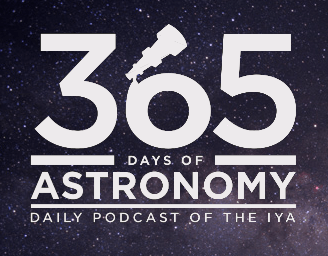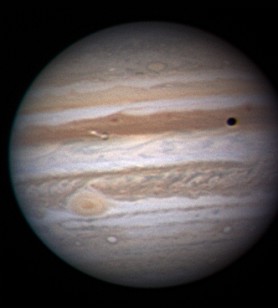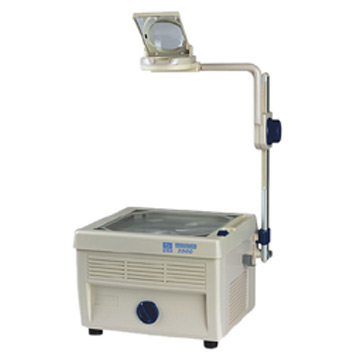Question: What is the far side of the Moon?
Answer: Did you ever notice that the Moon always looks the same? Sure, it waxes and wanes from a new moon to a full moon, but the bright and dark patches on the Moon always look the same. In fact, these features are so familiar that people call it the Man in the Moon.
This is because the Moon always points the same face towards the Earth. The Moon does actually rotate on its axis, it’s just that the amount of time it takes to make a complete orbit around the Earth matches the amount of time it takes to complete one rotation. In both cases, this is 27.3 days.
So, when you hear people refer to the far side of the Moon, they’re talking about the part of the Moon that always faces away from the Earth. Until we sent spacecraft into orbit around the Moon to take pictures, nobody on Earth had ever seen what the far side of the Moon looks like.
But why does this happen? Over the few billions years since its formation, the Moon has become tidally locked with the Earth. In the distant past, the Moon had different rotation and orbital speeds, and it showed all of its sides to our planet. But the gravity of the Earth tugged at the irregular shapes on the Moon, causing it to slow its rotation down until it was exactly the same length as its orbit.
The Earth, on the other hand, has so much mass that the force of gravity from the Moon pulling on Earth can’t overcome its rotational speed. The Moon does create the tides, though, and causes the ground to rise and fall – it’s just such a small amount that you can’t feel it.
Sometimes people mistakenly call this the dark side of the Moon. But there is no dark side of the Moon. Think about it, when we’re seeing a new moon, that’s because the familiar part that we can always see is in shadow. But at that point, the far side will be bathed in sunlight.


